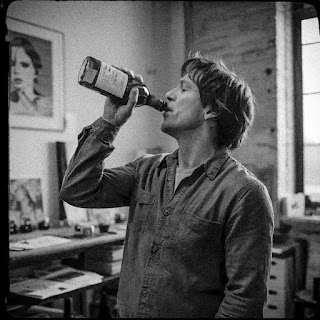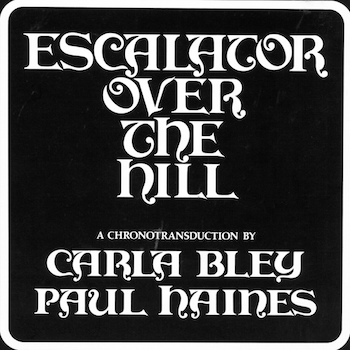Physicists are forced to concede that they can know either the location or the speed of a particle. They can't know both because the very act of looking changes the particle's behavior.
The way scientists freeze frame electrons is the way categories have been imposed on every art form. In jazz, categorizing is a lazy shorthand that ignores the mutability of the music-and the musicians. Apparently, critics don't have the time to explain that Player X usually plays Standards and tends to improvise melodically, while player Z plays mostly originals, is less concerned with chord changes and more often plays modally. Instead we say this one is a "smooth jazz" player and that one an "avant-garde" player. Seldom does the fact arise that players change over their lifetimes, passing from one category to another-Grover Washington, Jr. and Donald Byrd, for example.
Unfortunately, labels seem to have an unlimited shelf life. Once coined and adopted, generations of critics fall back on them and they stick like corroded trumpet valves. I grudgingly acknowledge their existence, but am happy to write about a few that particularly irritate me.
Dixieland Jazz. Cramming the music of the likes of Oliver, Keppard and Bechet into one category is ridiculous anyway. But with the relentlessly tenacious mythology of the Gallant South, the word 'Dixieland' grows especially egregious. The popularity of the Original Dixieland Jazz Band (ODJB) probably provided the impetus for its wide use and god knows their racial views were suspect. I know the phrase was taken up by Bechet and other black musicians early on, but if you say to me "Hey, it was good enough for Louis Armstrong to use," I would say it's probably a case of his understanding that on some occasions, using shorthand could make his life a little easier. Promoters of the phrase "Dixieland revival" latched onto a handy marketing device.Be Bop. I guess it was good for branding purposes, as such catchphrases are in the world of commerce-Coca Cola, Alka Seltzer, Finger Lickin' Good. But the disparity between the serious nature of the music and the phrase attached to it is palpable. An exception can be made for the trickster Dizzy Gillespie, who was as serious as they come, but who knew how to work wordplay into the music (ooh bop she bam, etc.).
Hard Bop. A ludicrous title. There was no harder bop played-in any sense of the word-than that played by Bird, Diz, Fats Navarro and company. If anything, hard bop took its foot off the pedal more often than Bop.
New Testament and Old Testament Basie bands. I haven't found anyone who knows who pinned these labels on the Basie bands pre and after the early 1950's. Why it stuck, I don't know. I'm not saying that jazz is the enemy of the bible-although it certainly has often been seen this way. Let's just say I believe in the separation of church and the jazz estate.
Cool Jazz. First of all, all jazz is cool, no matter how hot it gets. Second of all, this label is used to differentiate East Coast from West Coast jazz, which is ridiculous. A lot of musicians were burning on the West Coast, while Miles, Gil Evans and company were creating the music specifically called Cool in New York City.
Neo Bop, Post-Bop, Neo-Swing. Putting neo- or post- in front of anything demonstrates a chilling lack of imagination.
These locutions are now, happily, in the Dust Bin of History:
Licorice stick (for a clarinet). In the film "Song of the Thin Man", I actually heard Keenan Wynn refer to the instrument as a Jew Stick.
Skins/Tubs (for drums), Popsickle Stick (a reed player's reed).
Hot Lick, Oh, Daddio, Real Gone, Wig Out, Solid Sent, Moldy Fig.
Tacking "-ville" on the end of anything, is, like, hicksville, dullsville, squaresville.
.jpg)



.jpg)






 Escalator Over the Hill (EOTH) distills a corner of the counter-cultural energy of the early ’70s. Politics is fodder for satire here, but the main theme is psychic disruption. This three-record set is a response to the question begged by the title: how effectual can any mundane machine be in o’ertopping the hill and reaching what lays beyond?
Escalator Over the Hill (EOTH) distills a corner of the counter-cultural energy of the early ’70s. Politics is fodder for satire here, but the main theme is psychic disruption. This three-record set is a response to the question begged by the title: how effectual can any mundane machine be in o’ertopping the hill and reaching what lays beyond?